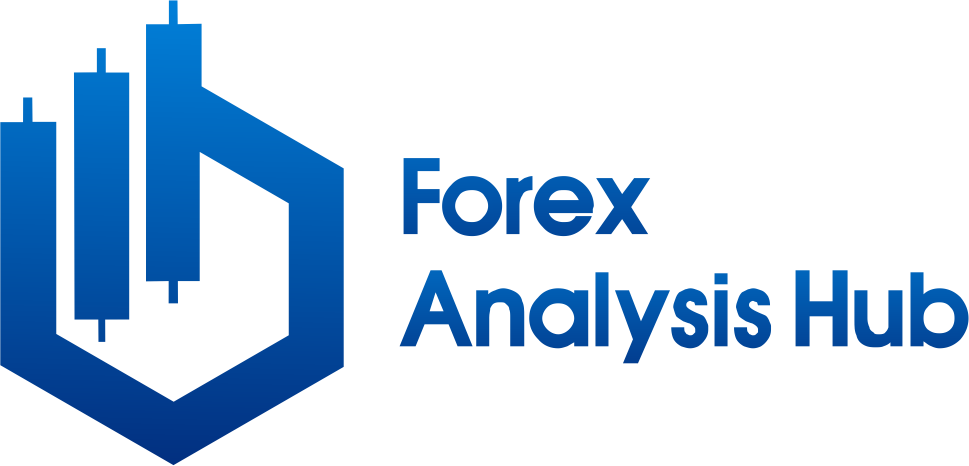In April, the US Bureau of Labor Statistics (BLS) reported that Nonfarm Payrolls (NFP) in the United States (US) increased by 177,000. This was a slight decrease from the previous month’s reading of 185,000, which was revised down from 228,000. The April reading also exceeded analysts’ expectations of 130,000.
Other important details from the employment report revealed that the Unemployment Rate remained at 4.2%, as predicted, while the Labor Force Participation Rate slightly increased from 62.5% to 62.6%. The annual wage growth, as measured by the change in Average Hourly Earnings, remained steady at 3.8%.
In their press release, the BLS noted that the change in total nonfarm payroll employment for February was revised down by 15,000 and March was revised down by 43,000. This means that the combined employment for these two months was 58,000 lower than previously reported.
After the release of the NFP report, the US Dollar Index (DXY) reacted slightly, but ultimately ended the day down 0.2% at 100.00.
On Thursday, in a NewsNation Town Hall interview, US President Donald Trump stated that there are potential trade deals with India, South Korea, and Japan. He also mentioned that there is a good chance of reaching an agreement with China.
Economists are expecting the NFP data for April to show a gain of 130,000 jobs, following the impressive report from March. The Unemployment Rate is expected to stay at 4.2%, and the Average Hourly Earnings are expected to rise by 3.9% compared to the previous year.
The April NFP will be crucial in confirming a potential interest rate cut by the Federal Reserve (Fed) in June due to the recent US economic contraction in the first quarter and potential trade deals with major Asian trading partners. The data will also play a significant role in the performance of the US Dollar in the near future.
TD Securities analysts have stated that they expect the job growth to show no significant signs of deterioration, despite concerns about high tariffs impacting economic conditions. They predict that the UE rate will stay the same at 4.2%, while wage growth will slightly decrease with a 0.2% rise month-over-month.
The US Dollar has been on the rise due to easing trade tensions and positive market sentiment, even with the negative impact of this week’s significant US economic releases. For example, the US GDP showed a contraction of 0.3% in the first quarter due to a rise in US firms’ imports, the core PCE Price Index increased by 2.6%, and the ADP employment report showed a gain of just 62,000 jobs, the smallest increase since July 2024.
All of these releases support the possibility of a 25 basis points interest rate cut by the Fed in June. The markets are now pricing this in for next week’s policy meeting. Many expect four rate cuts by the end of the year, indicating that the Fed may prioritize economic growth over inflation.
The Fed remains cautious about the job outlook in the US. Two policymakers, Minneapolis Fed President Neel Kashkari and Fed Governor Christopher Waller, have expressed concerns about layoffs due to trade uncertainty. Governor Waller even mentioned that the easiest way to offset tariff costs is by cutting payrolls.
Given this context, the April NFP report will be closely watched for any insight into the state of the US labor market and any possible indications of future Fed interest rate decisions. If the reading is below 100,000, this could increase expectations for a June rate cut, causing the US Dollar to decline and Gold prices to rise. On the other hand, a reading above 200,000 could decrease expectations for a June rate cut and cause the price of Gold to fall.
As FXStreet’s Asian Session Lead Analyst Dhwani Mehta explains, the technical outlook for EUR/USD is currently uncertain. The pair is approaching the crucial 21-day Simple Moving Average with a declining 14-day Relative Strength Index (RSI) above the midline, indicating a critical point for the pair.
If buyers can prevent the pair from breaking the 21-day SMA, there is potential for a rebound towards the 1.1425 supply zone and the key psychological level of 1.1500. However, if the 21-day SMA is broken, the pair could drop significantly towards 1.1100, with the next support levels at the key psychological level of 1.1000 and the 50-day SMA at 1.0956.










